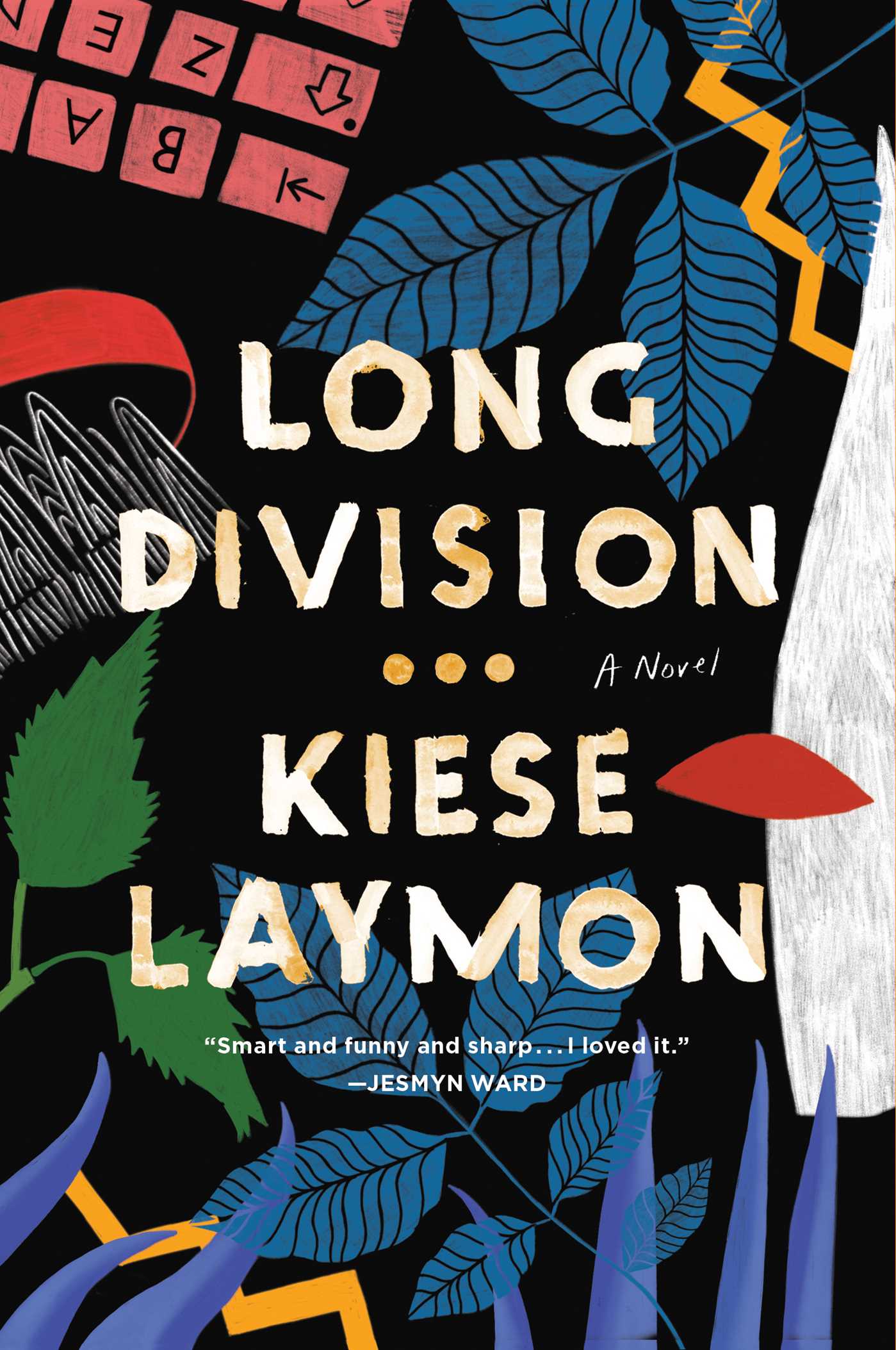The Observer
Long Division — Kiese Laymon


Kiese Laymon is the author of the critically acclaimed Heavy, a memoir addressed to his mother, about food addiction, sexual trauma and growing up black in Mississippi. His time-warping debut novel, Long Division, begins in the same state in 2013 with a televised grammar competition called Can You Use That Word in a Sentence?. Citoyen (City), a 15-year-old with stretch marks and good waves, and his nemesis, Lavender Peeler, with whom City may secretly be in love, are to compete in the contest, but the two boys feud over their clashing aspirations. Peeler strives to be an “exceptional African American” and marry Malia Obama, while City cares more for “the real chubby poor” from his community than the worn-out respectability politics handed down to him from elders who suffered in the Jim Crow era.
It isn’t long before City has to put his politics into action. He shouts “fuck white folks” on live TV when asked to use the word “niggardly” in a sentence. “I looked out into the white lights, hoping somebody would demand they give me another word […] it just didn’t seem right that any kid like me should have to use a word like that,” he says. The moment goes viral and his mother sends him to his grandmother’s home to get baptised and have his ass “whupped”. It’s here, in the small fictional community of Melahatchie, that the novel starts to melt into a new fantastical form – and at its centre is an authorless book called Long Division. This title, which City carries around like a spiritual compass, features a protagonist who shares his name, but is set in 1985. He reads chapters of the book to Sooo Sadd, a white boy he finds chained up in his grandmother’s shed who a few days earlier had called him the n-word. Unsure of exactly why he is there, City asks him: “Do you know where Baize Shephard is?”, referring to a local girl who has gone missing and whose name also appears in the mystical book.
In the second half of the novel, in 1985, City is infatuated with a girl called Shalaya Crump, who is worried about the future. “What if there’s this huge flood that kills people,” she says. The two end up travelling to 2013 via a portal in the woods. There, City meets an orphan rapper-singer-poet, also called Baize. The teens skip from decade to decade until City, Shalaya and Baize end up in 1964 and attempt to stop the Ku Klux Klan from killing their grandfathers. Despite the threat of white supremacy looming, there are still hysterical moments, like when Baize uses a song and the camera on her laptop to bedazzle and disarm the figures in white hoods (“Baize made us form a version of a really tight Soul Train line”).
The story grows more and more disorientating as fiction and reality intertwine. But any confusion over time and place, and who wrote the book within the book, is alleviated by the fact that each character is their own universe.
The one thing that doesn’t remain a mystery is racism mutating to fit the times, from coloured-only toilets to black contestants in a competition being asked to use the word “chitterlings” in a sentence. Laymon writes with humour and clarity about what it means to come of age, to be black in the south, to survive a natural disaster, to become an online celebrity, to love for ever. The time travel device isn’t there to drive the plot, but to play with conceptuality, resulting in a triumphant piece of metafiction.